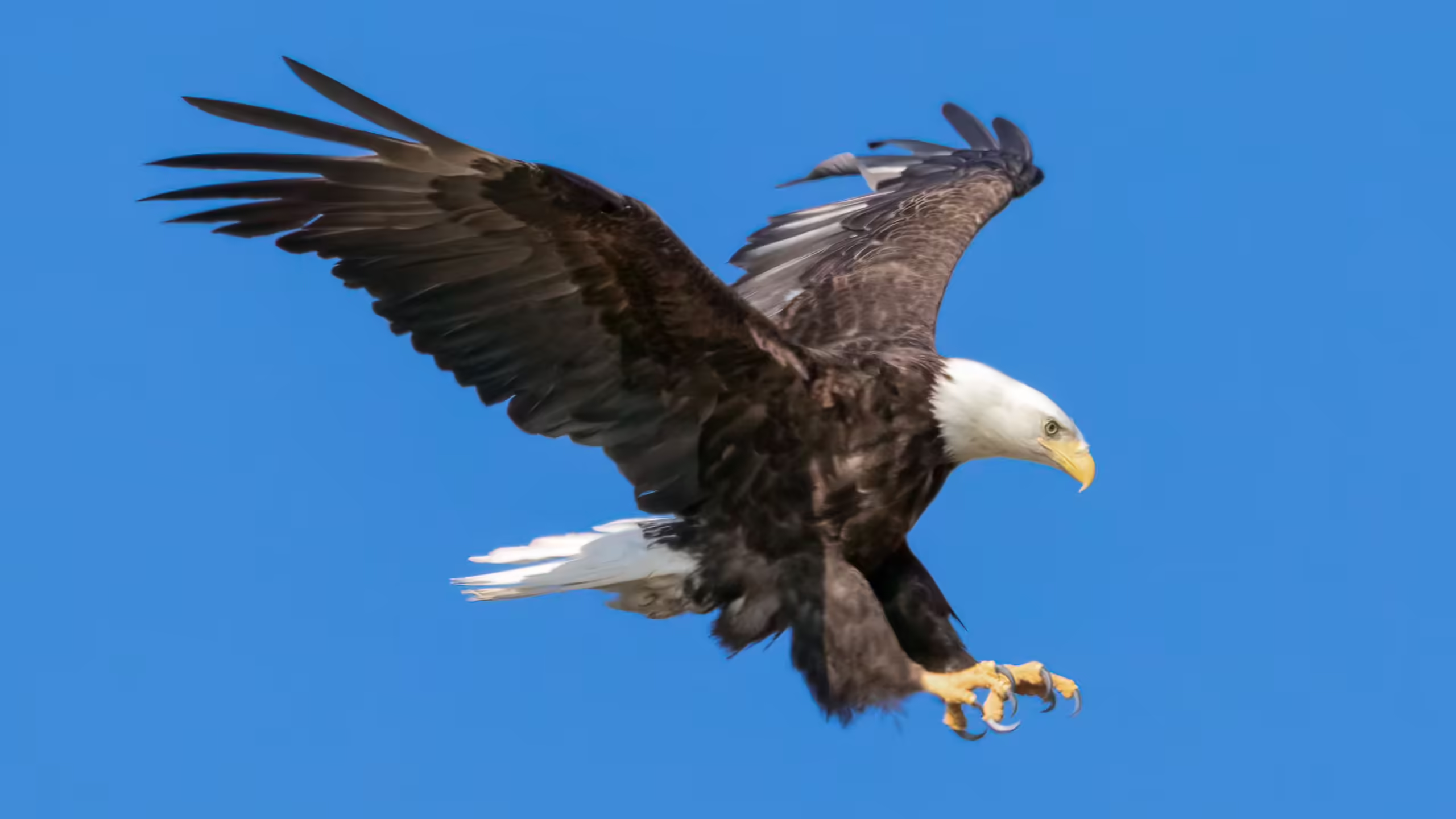The bald eagle, America’s national bird, is experiencing a remarkable resurgence in Georgia. Recent data from state wildlife agencies reveal an encouraging increase in nesting success rates, signaling a positive trend for the species’ recovery in the region.
The Journey to Recovery
Once teetering on the edge of extinction, bald eagles have been steadily re-establishing their presence in Georgia. The population decline, primarily driven by habitat loss, illegal hunting, and the widespread use of the pesticide DDT, reached critical levels in the mid-20th century. However, concerted conservation efforts and legal protections have reversed this downward spiral.
Positive Nesting Statistics
According to the Georgia Department of Natural Resources (DNR), the 2023 nesting season saw over 200 active bald eagle nests, with a success rate of approximately 78%. This figure marks a significant improvement from previous decades and highlights the effectiveness of ongoing conservation measures. These statistics are a stark contrast to the 1970s, when only a handful of nests were documented in the state.
Key Conservation Efforts
The rebound of the bald eagle population in Georgia is largely attributed to several critical factors:
1. Legal Protections: The banning of DDT in 1972 was a pivotal moment in eagle conservation. Additionally, the Bald and Golden Eagle Protection Act and the Endangered Species Act provided vital legal frameworks to safeguard eagle habitats and minimize human interference.
2. Habitat Restoration: The DNR has been proactive in managing and restoring habitats essential for eagle nesting and hunting. Efforts include the protection of nesting sites and the restoration of wetlands and forested areas, which are crucial for the eagles’ food supply and breeding grounds.
3. Public Involvement: Citizen participation has been a cornerstone of the conservation strategy. Public reporting of eagle sightings and nest locations has helped wildlife officials monitor and protect these birds more effectively. Educational programs and community outreach initiatives have also fostered a greater appreciation and understanding of bald eagles among the public.
Continuing Challenges
Despite these successes, bald eagles in Georgia still face several challenges. Urban development, deforestation, and climate change continue to threaten their habitats. Pollution and human disturbances near nesting sites can also impact breeding success. Conservationists emphasize the need for ongoing habitat protection and public education to ensure the species’ continued recovery.
Future Outlook
The future looks bright for bald eagles in Georgia. With continued conservation efforts and robust public support, the state is likely to see even more of these magnificent birds gracing its skies. The increase in nesting success rates not only symbolizes a triumph for wildlife conservation but also serves as an inspiring example of what dedicated efforts can achieve.
Read More News:
- Etowah Eagles Secure Semifinals Berth with Commanding Victory over Tift County
- Governor Hochul Strengthens Wildlife Protections with New Legislation
For those interested in supporting bald eagle conservation or learning more about these efforts, visit the Georgia Department of Natural Resources website. Public involvement and awareness remain key to the continued success of these initiatives.
Reference Article:

